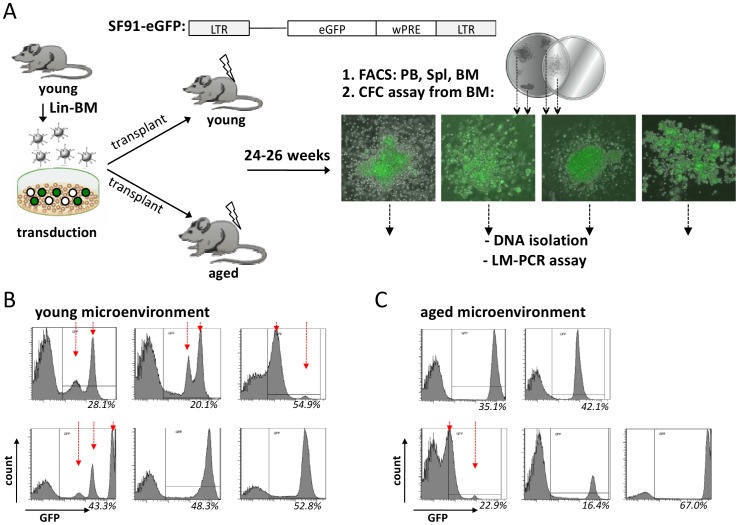Figure 1. The clonal composition of the hematopoiesis is different in old compared to young microenvironment. (A).
Schematic representation of the gammaretroviral SF91/IRES-eGFP vector used for insertional mutagenesis and the experimental setup (LTR: long terminal repeat with strong enhancer element, wPRE: woodchuck hepatitis virus posttranscriptional regulatory element). Lineage depleted (lin-) BM cells from young C57BL/6 mice were pre-stimulated with a cytokine cocktail and transduced. Cells were subsequently transplanted in equal amounts into young and aged recipient mice. (The graft contained 51.6%, 30.7%, 32.4% GFP+ cells in the 3 transduction/transplantation.) 24–26 week post-transplantation recipients were sacrificed and PB, spleen and BM analyzed by flow cytometry for lineage differentiation markers as well as the number of primitive L-S+K+ cells. At the same time CFC-assays on BM cells were performed and DNA from GFP+ colonies (representative pictures) isolated for LM-PCR. GFP expression among BM cells of young (B) and aged (C) recipient mice. (young mice n = 6, aged mice n = 5, from 3 independent experiments).

